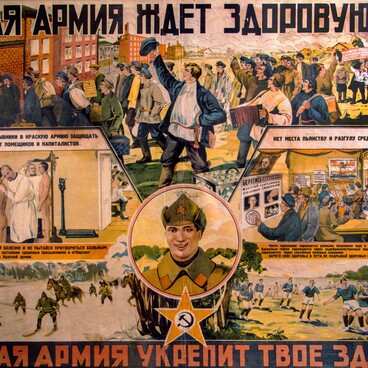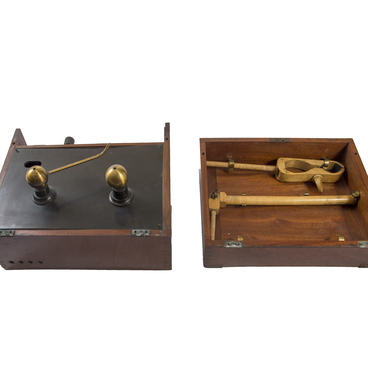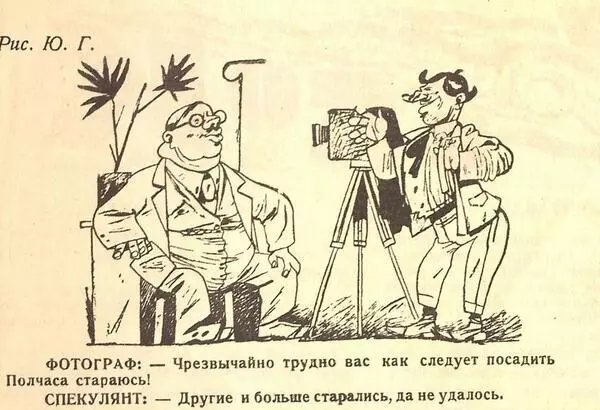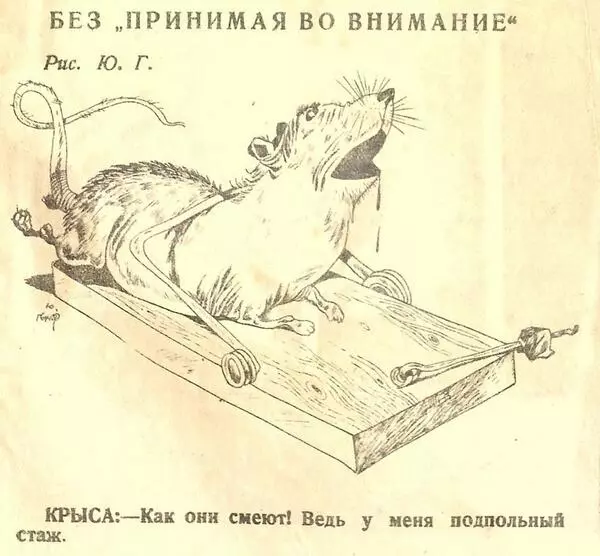In September 1928, the Institute of Sanitary Culture of the Moscow Healthcare Department was established in Moscow, and 10 years later, it was transformed into the Central Research Institute of Sanitary Education. The institution developed methods of health education, methodological and visual learning aids for doctors, paramedics and nurses.
When World War II began, the activities of this institute were aimed at sanitary defense training of the Soviet Union population. The institute’s specialists took epidemic prevention measures, taught the citizens the basics of sanitary and chemical protection, and promoted blood donation.
During the war, many wanted to donate blood to support the war effort. The government deployed blood donation stations in almost all cities and regional centers of the country. Blood transfusion stations were created under the army sanitary departments on all the fronts, in the navy and at the hospitals of the naval bases. All medical institutions and evacuation hospitals engaged the doctors who were able to perform this procedure.
During World War II, 5.5 million people donated over 1.7 million liters of blood. To secure the enthusiasm of the citizens, the Central Research Institute of Sanitary Education published posters and leaflets promoting blood donation. The institute issued one of them, entitled “Become a Red Cross Donor” in 1941. Today this poster is housed in the Military Medical Museum.
The poster was created by the Soviet artists Julius Ganf and Faytel Mullyar. The graphic artist and caricaturist Ganf worked in the “Satire Windows of UkROSTA” [abbr. UkROSTA means Russian Telegraph Agency in Ukraine — ed.], the newspaper “Communist”, the magazine “Red Pepper” since 1919; he studied at the Moscow VKhUTEMAS — the Higher Artistic and Technical Workshops. During the war, Ganf became an art editor for the magazine “Crocodile”.
Odessa graphic artist, painter and illustrator Faytel Mullyar participated in the design and mural painting of the stations of the first phase of the Moscow metro — Okhotny Ryad and Dzerzhinskaya stations — designed new museums, and he worked for the Ministry of Defense from 1941.
The poster consists of two parts: there is a group of Soviet female donors on the left, and on the right — an offensive of the Red Army infantry forces, accompanied by tanks and aircraft. The following text is printed at the bottom of the poster: “We must ensure that we always have any amount of blood that may be needed to save the lives of the valiant defenders of our great homeland”.
Poster “Become a Donor”
Время создания
1941
Размер
54x78 cm
Техника
typographic printing
Коллекция
4
Открыть в приложении#6
Yuliy Ganf, Faytel Mullyar
Poster ‘Become a Donor’
#2
#4
Ministry of Culture of the Russian Federation
читать дальшескрыть
00:00
00:00
1x
Poster “Become a Donor”
Время создания
1941
Размер
54x78 cm
Техника
typographic printing
Коллекция
4
Открыть в приложении
Поделиться






